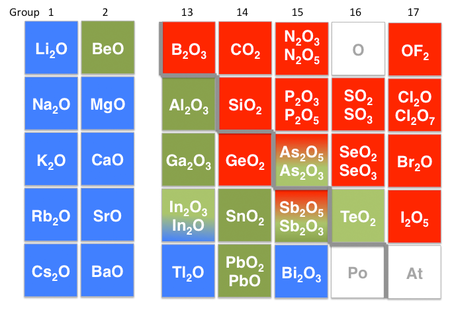MichaelJ
Member
Hello, anyone of you chemistry wizards know the guiding math for how much a certain amount of K2CO3 will raise the pH?
2.5 grams of K2CO3 dissolved in 100 liter of water will raise the KH by 1 degree and add ~14 ppm of K and ~11 ppm of CO3 - but since K2CO3 is a relatively strong base how much will it affect pH?
Haven't been able to find any good guiding references relative to pH.
Cheers,
Michael
2.5 grams of K2CO3 dissolved in 100 liter of water will raise the KH by 1 degree and add ~14 ppm of K and ~11 ppm of CO3 - but since K2CO3 is a relatively strong base how much will it affect pH?
Haven't been able to find any good guiding references relative to pH.
Cheers,
Michael





